John Paul Catton’s Moonlight, Murder & Machinery certainly fulfils its promise of the “anti-steam” steampunk novel.
The year is 1814 and the place Nova Albion. The country is at war with the dreaded Thermidorians from across the Channel, where cities have become vast factories. Nova Albion has outlawed most technology to make sure it doesn’t fare the same lot in life and uses Chosen Men, brave men with special powers, to keep the realm safe.
The author has done a fine work of painting a new view on Great Britain as we know it, interweaving historical facts, such as the lack of equal rights for women, adding popular culture references in the most clever ways and creating villains and (anti-)heroes alike we’ll grow to love and hate.
Despite of what some may think when reading about the Chosen Men, this is not a semi-steampunk X-Men at all, this is a fine and original take on starring characters with supernatural powers, perfectly adding to the setting of the story. It has all the elements of a classic: mad science, creepy villains and heroes while still being an original story.
Speaking of which, although at first the pacing can be a bit daunting to follow with the point of view switching between several characters and side-characters, the book does settles in its rhythm after a while and is very much worth seeing through.
The plot is well told and the characters are sure to keep you following their every move with eager attention.
My sole regret is the lack of in-depth background about the Thermidorian versus Nova Albion conflict. I feel it would have benefited the story if we knew more about the events that made them enemies. Hopefully there will be a sequel and we’ll find that out.

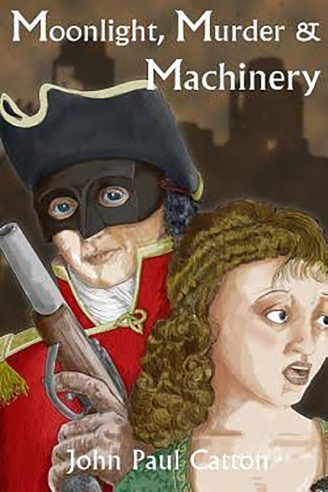
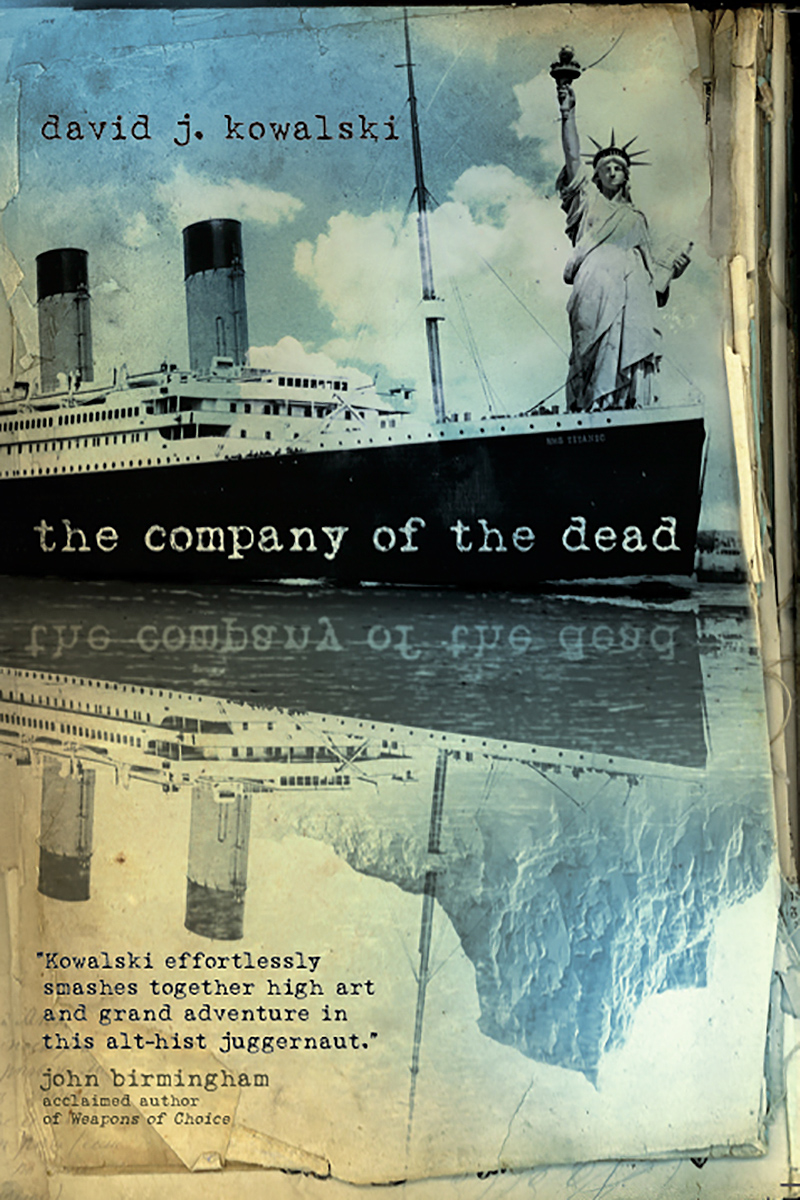
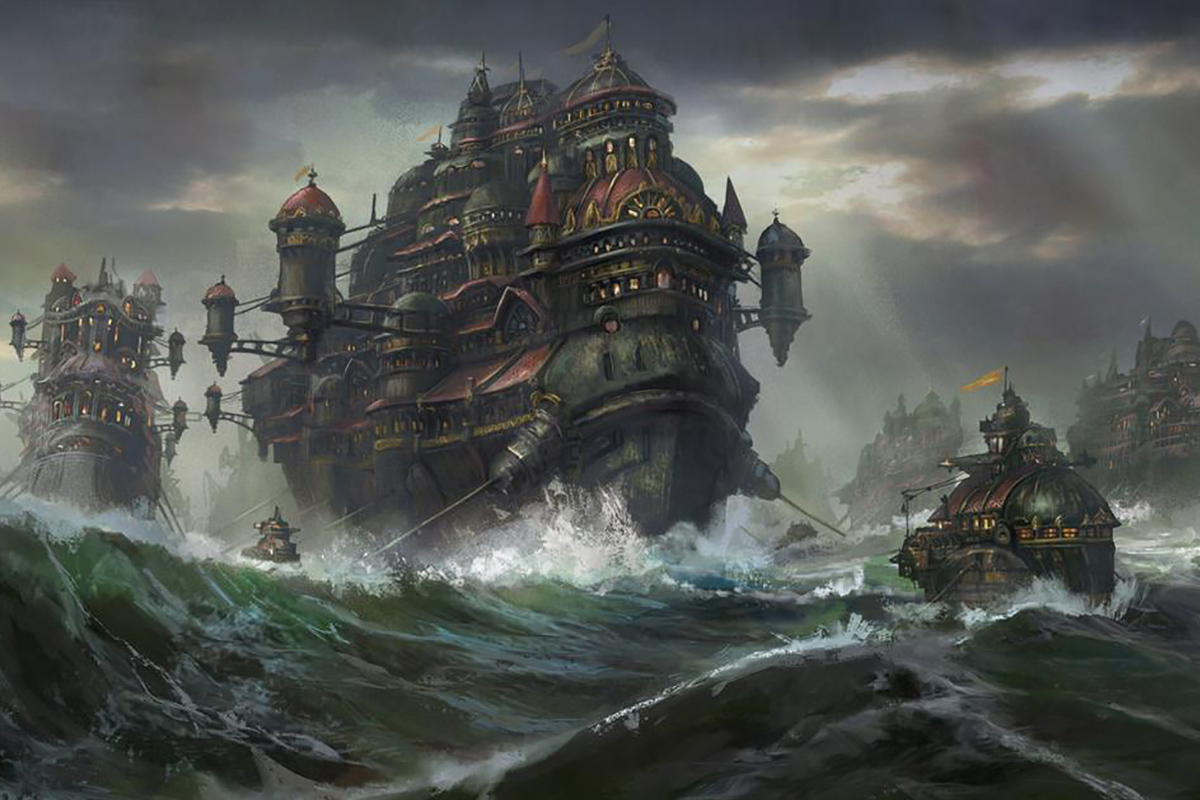
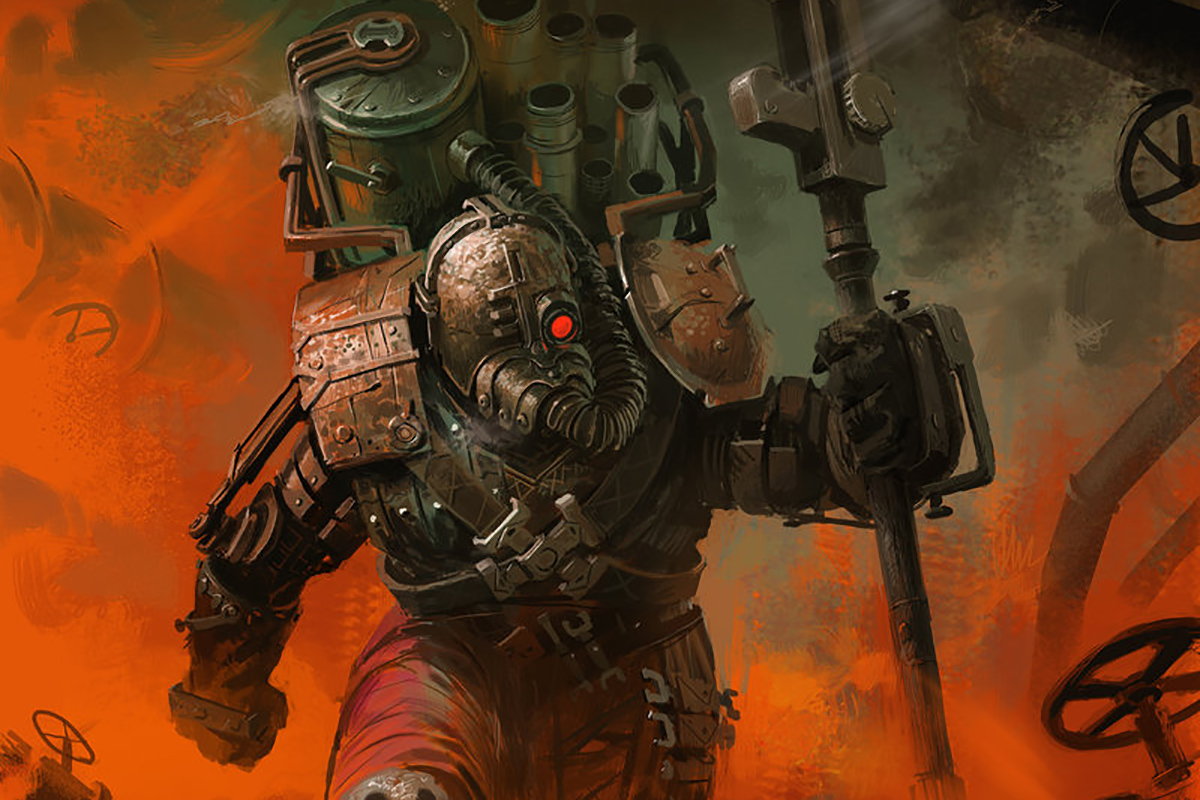
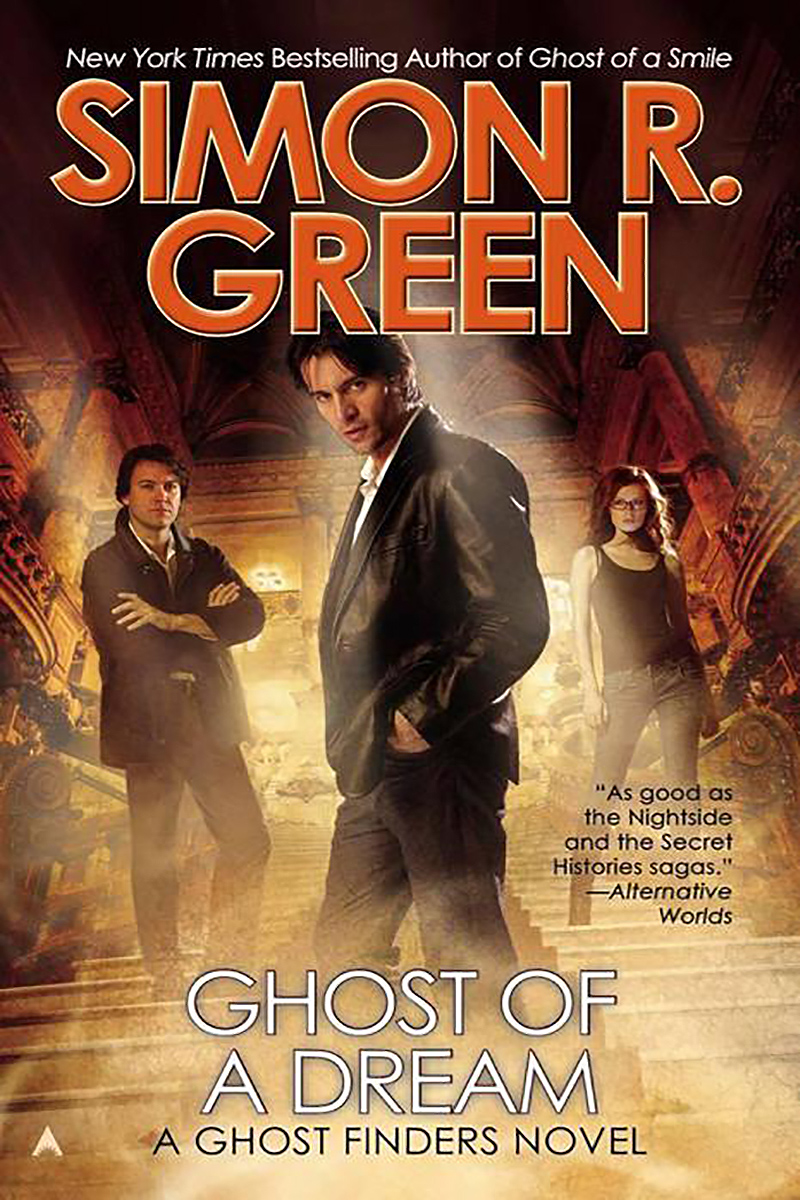
1 Comment
Add YoursAs I drew the cover (and am an old friend of Mr. Catton) am I allowed to make a comment? Damme, I shall do it anyway!
This is a good and balanced review of a fine book. Would take exception with one bit, though, and that is the last. I felt the whole story was an exposition of the Thermidorian conflict which, although only sketched in in the broadest of brush strokes in M,M&M, would have been almost impossible to dive into directly (as I envisage it, I am not party to Mr Catton’s deeply fertile imagination any more than the reviewer.)
The Georgian aesthetic, with its nods to contemporary literary and social celebrities is charming and novel without being intrusive, one does not need to be a history geek to get the story at all. It’s pre-steam and anti-technology milieu is highly original and does what good speculative fiction of past, present or future should always do; to challenge the reader to contemplate the world as it is in the novel and the dissonance, both trivial and momentous, which the plot and it’s conceits present us with our own.
Having divulged my own interest, I hope you accept my recomendation to this story. I am sure you won’t be disappointed.
Yours,
Phillip Evans